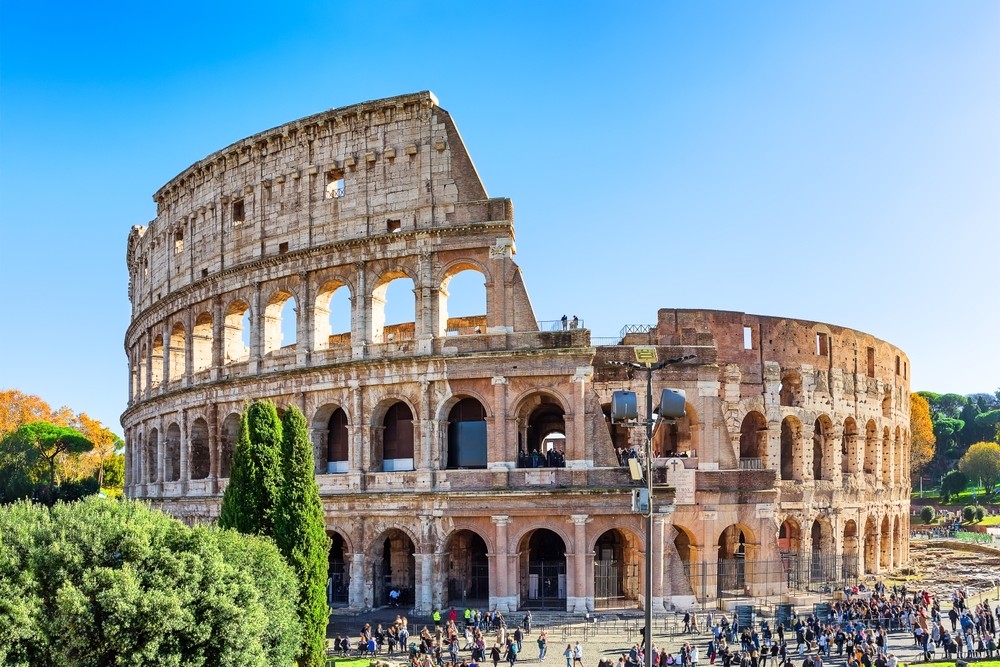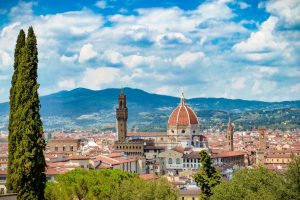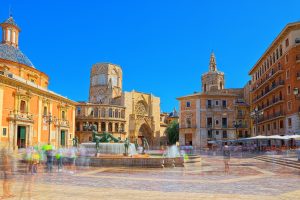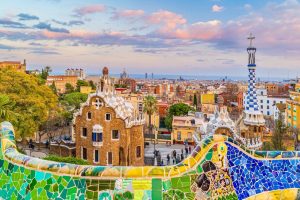Rome, the “Eternal City,” has captivated visitors for thousands of years with its fascinating history, stunning architecture, and Mediterranean zest for life. Whether you’re drawn to ancient ruins, imposing churches, or the lively bustle of narrow alleyways, Italy’s capital is bursting with contrasts and surprises. In this article, we’ll guide you through the top sights in Rome. Get ready for a journey through the city’s rich culture and unmatched charm.
Top Attractions in Rome
Colosseum
The Colosseum is not only the largest ancient amphitheater in the world, but also one of Rome’s most iconic landmarks. Built in the 1st century AD under Emperor Vespasian, it once seated over 50,000 spectators. Gladiator battles and spectacular performances entertained the crowds of ancient Rome. It’s no wonder that this monumental structure still impresses with its sheer size and history.
For more info and tickets: Colosseum & Tickets
Fun Fact: The arena floor was originally made of wood and covered with sand to absorb the gladiators’ blood. So anyone thinking the Romans didn’t care about hygiene will be proven wrong—at least when it came to stage maintenance!
Roman Forum
Right next to the Colosseum lies the ancient heart of Rome: the Roman Forum. This impressive archaeological site was once the political, economic, and religious center of the city. Temples, basilicas, and triumphal arches testify to a glorious past. A stroll through this maze of ruins gives you an authentic sense of ancient Rome and its former power structures.
Look closely and you’ll spot remnants of once-vibrant marble floors. It’s like walking through time, tracing the steps of great emperors and senators.
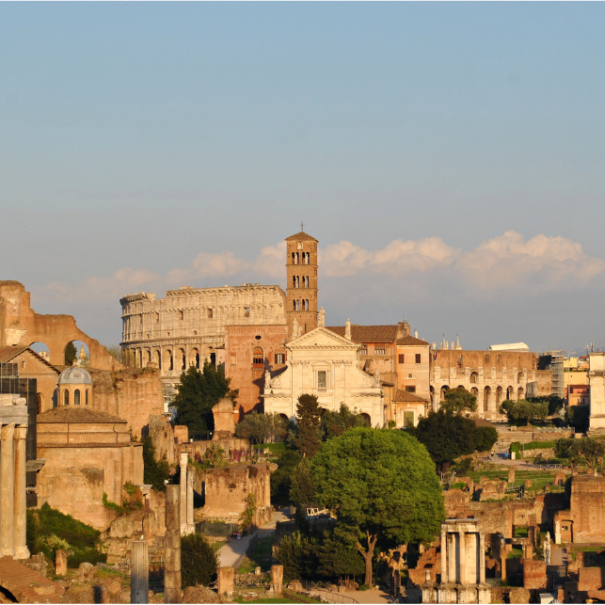
Pantheon
Originally built as a temple to all Roman gods, the Pantheon is now a church and one of the best-preserved buildings from antiquity. Its massive dome spans 43.3 meters in diameter and was long considered the world’s largest unreinforced concrete dome. As you enter through the huge portal, the interior will leave even seasoned architecture fans in awe. Sunlight streams through the oculus at the top of the dome, casting a magical glow on the marble floor.
Fun Fact: The dome is still unreinforced and made of Roman concrete, the recipe of which remained a mystery for centuries. Safe to say, the ancient Romans were true masters of materials science.
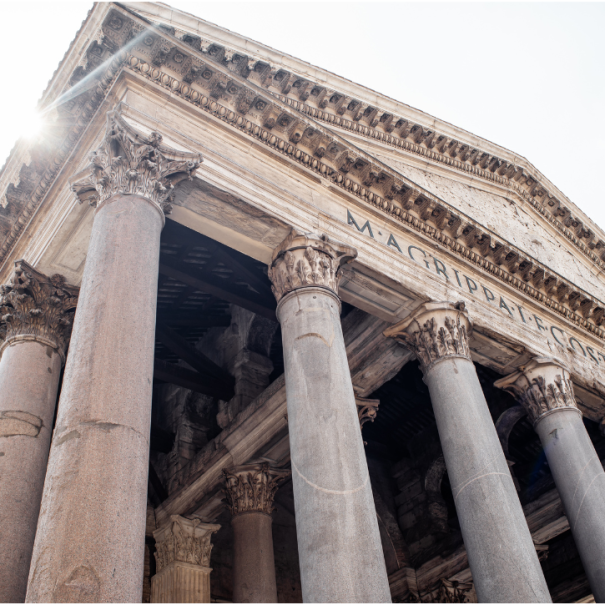
St. Peter’s Basilica
St. Peter’s Basilica in Vatican City is the largest Christian church in the world and the center of Catholicism. The Bernini-designed Piazza San Pietro with its sweeping colonnades is stunning from the moment you arrive. Inside, you’ll find a lavishly adorned altar, breathtaking works of art, and Michelangelo’s famous Pietà. Climbing to the dome is well worth it – the view over Vatican City and Rome’s sea of rooftops is simply unforgettable.
For quicker access, consider booking a skip-the-line ticket. More info: St. Peter’s Basilica Official Website
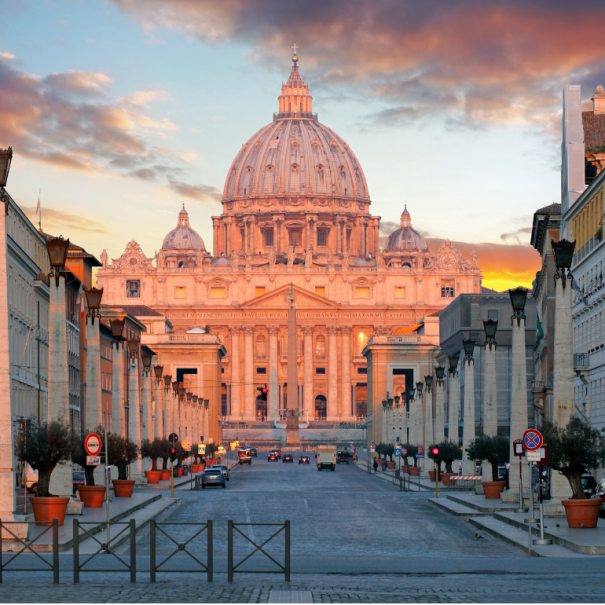
Trevi Fountain (Fontana di Trevi)
No visit to Rome is complete without a stop at the legendary Trevi Fountain! This grand Baroque masterpiece features Neptune on a shell-shaped chariot drawn by two water-spouting horses. Legend has it that if you toss a coin over your right shoulder into the fountain, you’ll one day return to Rome. Whether or not the magic works is debatable—but the ritual is lovely and brings in millions of euros annually, all donated to charitable causes.
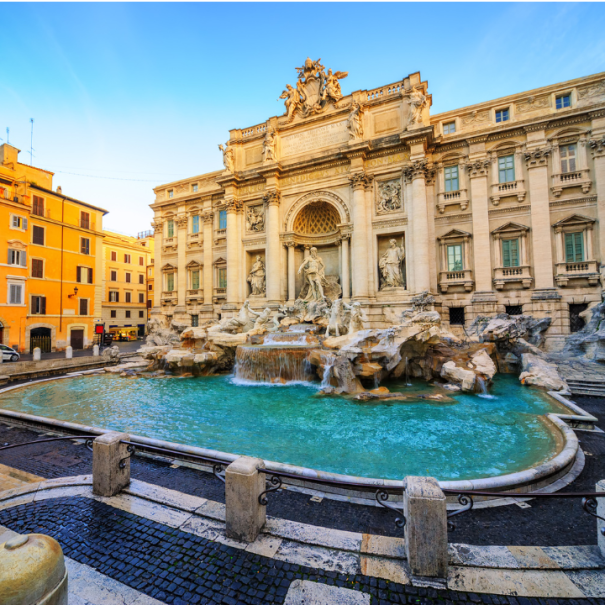
Spanish Steps
The Spanish Steps are one of Rome’s most popular gathering spots. With 135 steps, they connect Piazza di Spagna to the Trinità dei Monti church. This impressive 18th-century staircase is a great place to relax and people-watch. In spring, the steps are beautifully adorned with azaleas, turning them into a vibrant sea of blooms.
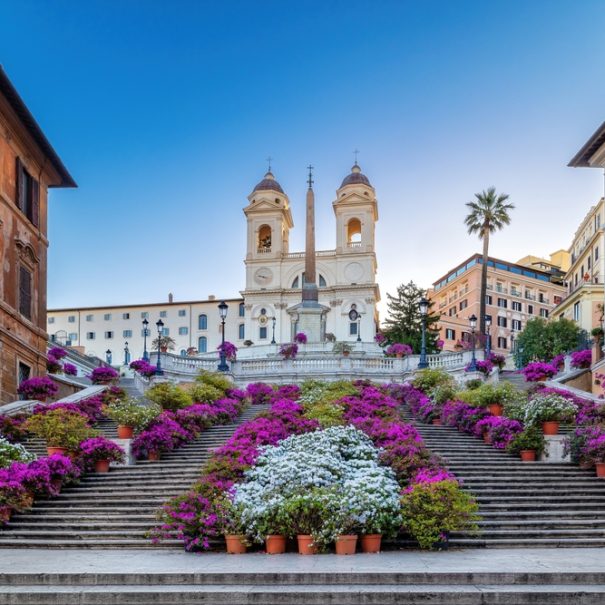
Piazza Navona
This Baroque square is known for its three fountains, including Bernini’s famous Fountain of the Four Rivers (Fontana dei Quattro Fiumi). Surrounded by cafés, restaurants, and historic palaces, Piazza Navona is perfect for strolling and soaking up the atmosphere. Street performers, painters, and musicians keep things lively almost around the clock. A great place to enjoy a gelato and watch the world go by.
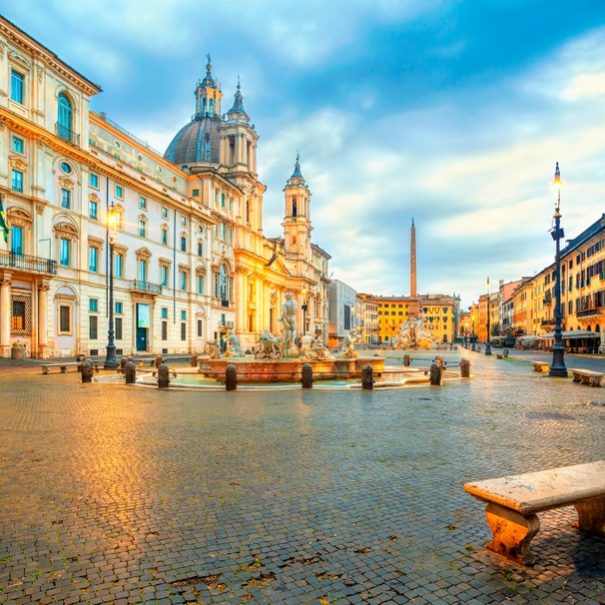
Villa Borghese
Villa Borghese is a vast park with lush greenery, romantic paths, and small lakes ideal for walking or boating. It’s the perfect escape from the city’s hustle and bustle—and a place to enjoy art as well. The Galleria Borghese showcases masterpieces by Caravaggio, Bernini, and Raphael. The Pincian Gardens offer a free and breathtaking view over Rome’s rooftops.
Info & tickets: Galleria Borghese
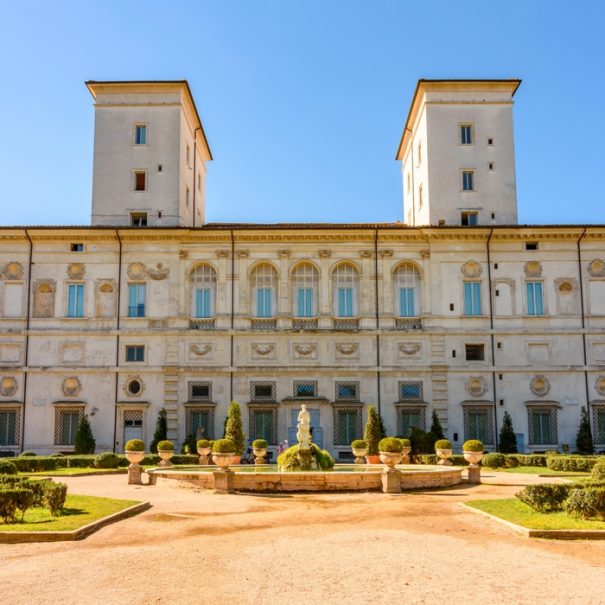
Castel Sant’Angelo
Originally built as Emperor Hadrian’s mausoleum, Castel Sant’Angelo later served as a fortress, papal residence, and prison. Today, it’s a museum where you can admire historical treasures and enjoy spectacular views of the Tiber River and St. Peter’s Basilica. The Angel Bridge in front – lined with Baroque angel statues – is one of Rome’s most picturesque. An evening walk along the river will show you why Romans love their city so deeply.
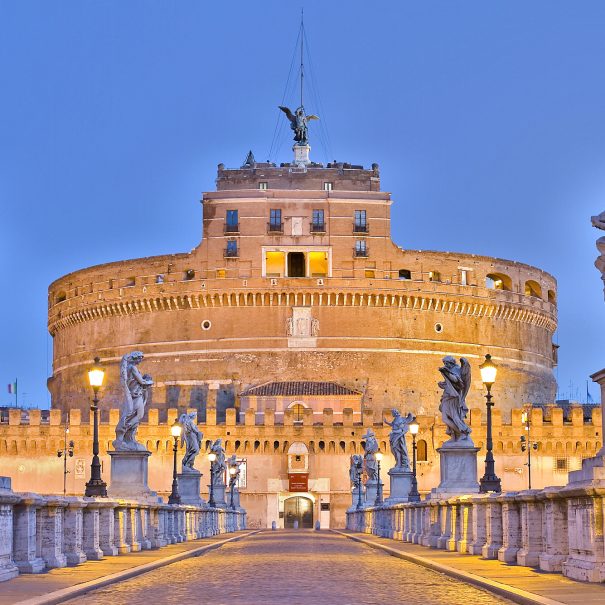
Best Scenic Viewpoints
Pincian Terrace
Located in Villa Borghese Park, this terrace offers one of the best panoramic views of Rome. Especially at sunset, the sky, domes, and rooftops are bathed in golden light. It’s a romantic spot—don’t forget your camera (and your sunglasses, because Rome loves drama).
Janiculum Hill (Gianicolo)
One of Rome’s highest hills, Gianicolo offers a breathtaking panorama. From here, you can see the entire historic center, St. Peter’s Basilica, and even the distant Alban Hills on clear days. At noon, you can hear the traditional cannon shot – perfect if your alarm clock fails.
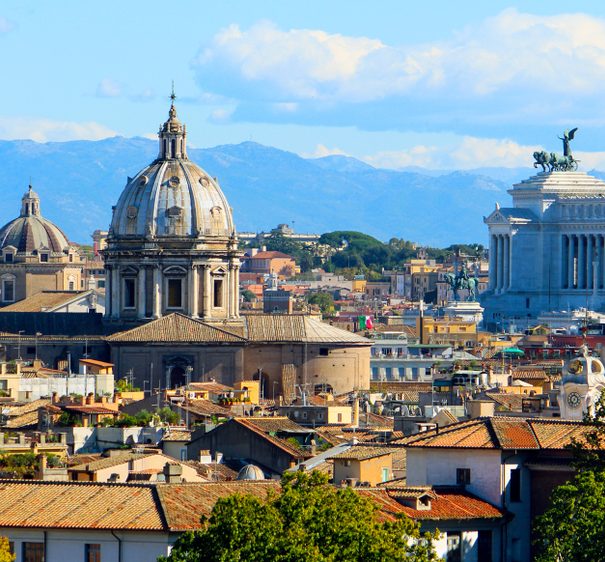
Castel Sant’Angelo Terrace
Although there’s an entrance fee, the rooftop view from Castel Sant’Angelo is worth every cent. From here, you can see St. Peter’s, the Tiber River, and the historic old town. At night, the magical play of lights is unforgettable—even tired legs will find new energy.
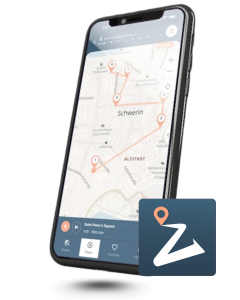
Discover 70+ cities worldwide with professional audio guides – and counting! Thanks to integrated navigation, you’ll easily find your way, even without an internet connection. Whether it’s famous highlights or hidden gems – Plazes brings exciting tours and vivid stories straight to your smartphone. Completely free and no registration required. Download now and get started!
Culinary Highlights for Food Lovers
Da Enzo al 29
This beloved trattoria in Trastevere offers a true Roman dining experience. Dishes like Cacio e Pepe or Amatriciana are prepared with fresh ingredients and lots of love. The rustic setting and friendly team make you feel like a guest at a Roman friend’s home.
Tip: After your meal, order an espresso. But beware—asking for a cappuccino after lunch is considered nearly criminal in Italy (or at least a culinary sin)!
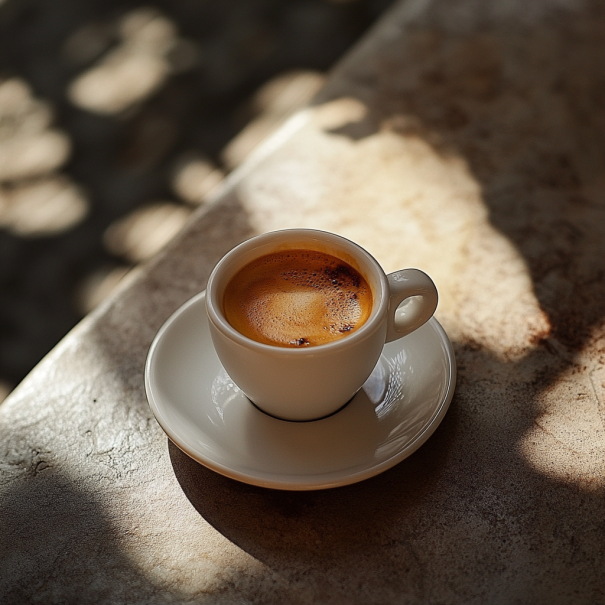
Ristorante Ad Hoc
For a gourmet experience, head to “Ristorante Ad Hoc” near Piazza del Popolo. Elegant ambiance, an excellent wine list, and creative tasting menus make it a hit with food lovers. Reservations are highly recommended—this place is no longer a secret.
Pizzarium
From the outside, Pizzarium may not look special, but inside you’ll find delicious pizza al taglio (by the slice) with unique toppings. Owner Gabriele Bonci is known as the “Pizza Pope” of Italy. Don’t miss the potato pizza or seasonal vegetable varieties.
Insider Tips & Hidden Gems
Quartiere Coppedè
This tiny neighborhood in northern Rome feels like a storybook made of stone: Art Nouveau, Baroque, and Gothic architecture blend into a unique setting. The lavish “Palazzo del Ragno” (Spider Palace) and ornate “Fountain of the Frogs” are just two highlights. Few tourists make it here, so you can wander in peace.
Basilica di San Clemente
A must for history buffs: beneath the Basilica of Saint Clement lie an older basilica and even remnants of an ancient Mithraic temple. Here you can literally walk through layers of Roman history.

Orange Garden (Giardino degli Aranci)
Tucked away on the Aventine Hill, this small park offers shade, the scent of orange trees, and a peaceful atmosphere. Near the park, peek through the famous Knights of Malta keyhole for a unique view of St. Peter’s Basilica—a small but delightful photo moment for Rome lovers.
Museums for Culture and History Enthusiasts
Vatican Museums
Home to one of the world’s most important art collections, the Vatican Museums feature Egyptian and Etruscan exhibits, as well as priceless paintings and sculptures. Highlights include the Sistine Chapel with Michelangelo’s frescoes, the Gallery of Maps, and the Raphael Rooms. Plan plenty of time—you could easily spend an entire day here.
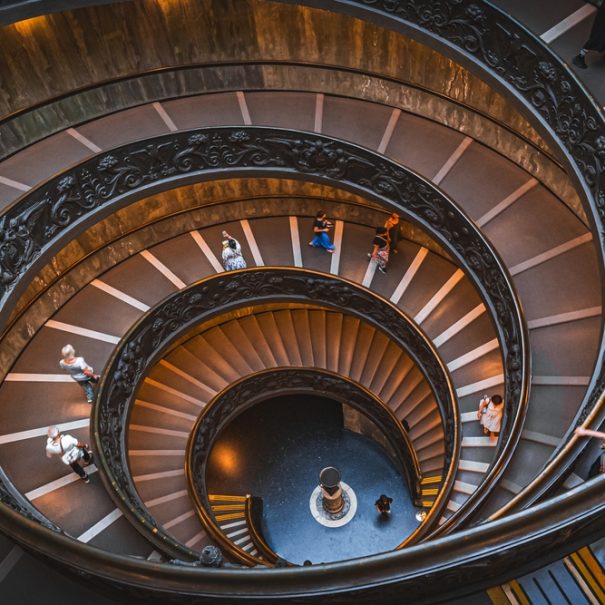
Capitoline Museums
Located on Capitoline Hill, the Capitoline Museums are among the oldest public museums in the world. Highlights include the famous Capitoline Wolf statue, Roman busts, mosaics, and paintings that tell the story of Rome’s illustrious past.
Photospots in Rome
Aventine Hill & Rose Garden
The Rose Garden (Roseto Comunale) on the Aventine Hill is a colorful oasis where you can admire hundreds of rose varieties in early summer. Combined with the view over Rome and its glowing domes, it’s a photographer’s dream—charmingly romantic and breathtakingly beautiful.
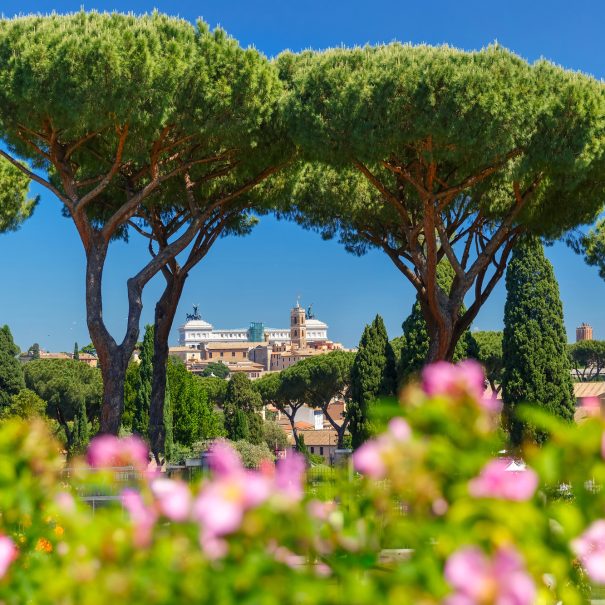
Piazza del Campidoglio
Designed by Michelangelo, this square on Capitoline Hill features elegant palazzi, the equestrian statue of Marcus Aurelius, and a panoramic terrace behind the city hall—a treat for both photography and history enthusiasts.
Shopping & Souvenirs
From luxury designers to quirky vintage boutiques, Rome has something for every shopper. Around the Spanish Steps, Via del Corso, and Via Condotti, you’ll find top fashion houses and global brands. For unique souvenirs, head to Monti, a district filled with creative studios and concept stores.
Beyond classic postcards of the Colosseum or St. Peter’s, consider edible gifts like pasta, olive oil, or regional wine. Handcrafted items from markets like Porta Portese also make meaningful keepsakes. Don’t forget to browse local bookshops and stationers—you might stumble upon hidden gems or beautifully designed paper goods.
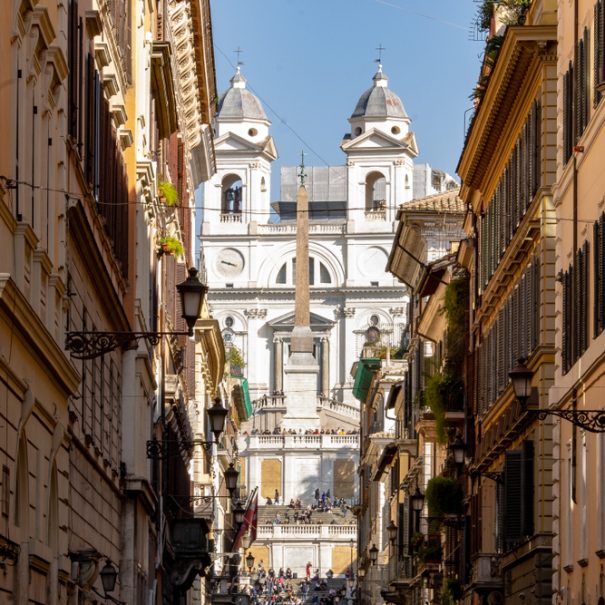
Tips for Cruise Passengers
If your cruise ship docks in Civitavecchia, Rome’s port, you have several options for getting into the Eternal City. You can walk or take a shuttle to Civitavecchia station, where regional trains run to Rome (Roma Termini or Roma S. Pietro) in about an hour. Taxis are also available at the port and may be a cost-effective option for groups.
If you plan to explore the surrounding area independently, you can rent a car in Civitavecchia. However, driving in Rome can be challenging due to narrow streets and heavy traffic. Be sure to manage your time wisely—just visiting the Colosseum, Roman Forum, and St. Peter’s can take hours.
Tips for Solo Travelers
Rome is ideal for solo travelers—its lively vibe makes it easy to meet people. Hostels and city tours offer great ways to connect with fellow travelers. The public transport system (buses, trams, and the metro) makes getting around easy. Bonus: many public fountains (called “nasone”) provide free drinking water, so you can refill your bottle anywhere.
Helpful information can also be found on the official tourist board’s website.
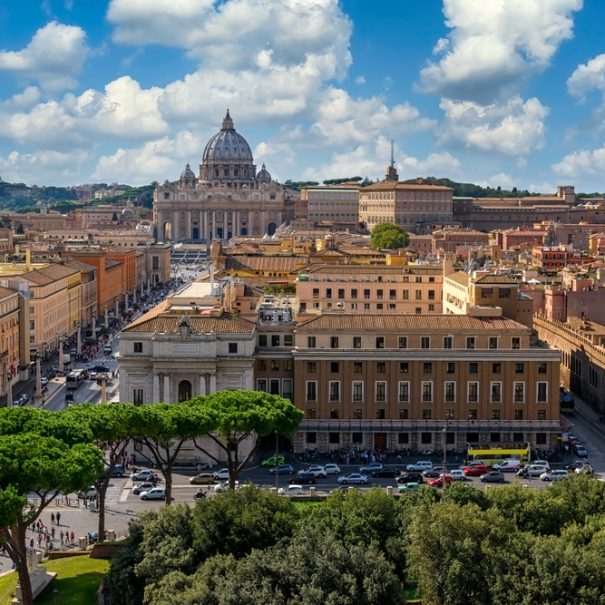
Conclusion
Rome is a city that impresses with its fascinating sights and rich history. Whether you’re inspired by ancient ruins, Baroque palaces, or the vibrant piazzas, there’s an endless amount to discover. With its millennia-old history and unique mix of tradition and modern lifestyle, Rome is a place you’ll want to experience again and again.
From iconic sights like the Colosseum and St. Peter’s to hidden corners off the tourist track and mouthwatering culinary delights of la dolce vita, the “Eternal City” lives up to its name. Maybe toss a coin into the Trevi Fountain and wish for a return trip—because one thing is certain: Rome always has a surprise waiting to amaze you.
Buon viaggio!
FAQs
1. How much time should you plan for a visit to Rome?
If you only want to see the most famous highlights such as the Colosseum, the Roman Forum, and the Vatican, two to three days are sufficient. However, for a deeper dive into the city’s history and culture, we recommend staying at least a week. This allows time to explore lesser-known neighborhoods and museums and to truly soak in the charm of the city.
2. Can you explore Rome in one day if you're arriving from Civitavecchia (cruise port)?
One day is definitely enough to get a feel for the city and visit some of the top sights—especially if you arrive early and plan your itinerary in advance. However, there may not be much time left to go inside major attractions or discover hidden corners.
3. Do I need to buy online tickets in advance for the most popular sights?
It is highly recommended to buy online or “skip-the-line” tickets in advance, especially for the Colosseum and the Vatican, as these places are particularly crowded. Doing so will save you at least some waiting time. Some museums or churches have free entry, but even there you may encounter long queues.
4. When is the best time of year to visit Rome?
Rome is worth visiting all year round. Spring (March to May) and autumn (September to November) offer pleasant temperatures and are less crowded than the peak summer season. Summer can be very hot and usually draws large numbers of tourists.
5. How accessible is the city for people with limited mobility or strollers?
Many historic buildings and streets are uneven or have steps, which can present obstacles. However, some major attractions like the Colosseum and St. Peter’s Basilica do offer accessible entrances and elevators. It’s advisable to check accessibility details for each attraction in advance. Some public buses are wheelchair accessible, but this may vary depending on the bus line.

